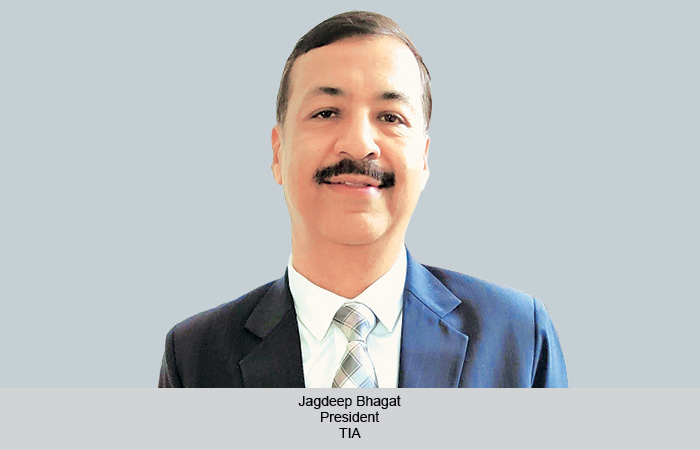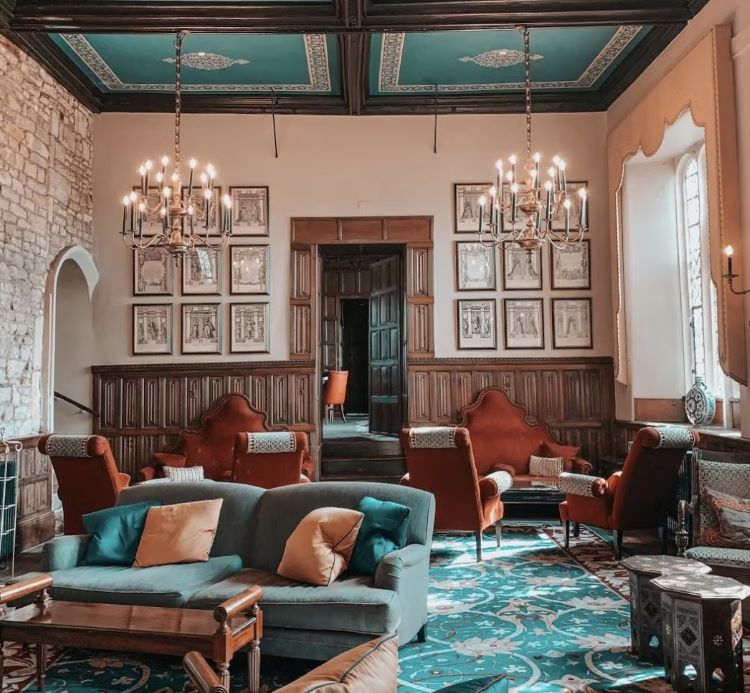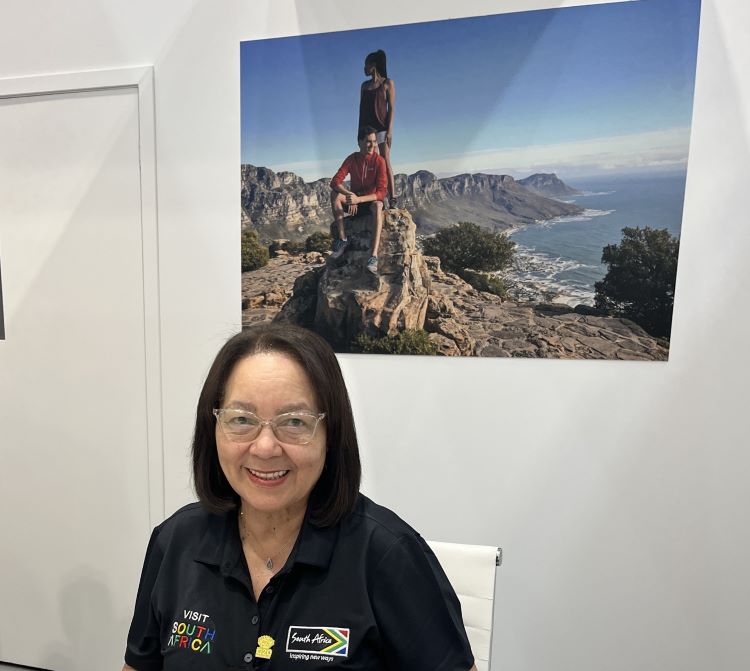TIA is redefining India’s tourism industry through unity, innovations and strategic partnerships. With over 400 members across 80 cities, it is focused on the growth of tourism while championing collaborations across industry verticals. As the industry rebounds post-pandemic, the alliance aims to foster holistic, sustainable and inclusive growth for all stakeholders.
Surbhi Sharma
Tourism India Alliance (TIA), under the leadership of its President Jagdeep Bhagat, continues to strengthen its position as a pan-India platform uniting travel stakeholders across the country. With a robust membership of more than 400 travel professionals from 80 cities, the alliance has become an important voice in India’s tourism landscape, focusing on collaboration, inclusivity and sustainable growth. As India’s outbound travel gains momentum post-pandemic, optimism within the alliance is high. Bhagat said, “Our members are bullish on the upcoming season. We believe this marks the beginning of a new era. Agents are already building packages and consolidating efforts to promote business. The setbacks of the pandemic are finally being offset.”
Forging strong airline partnerships
TIA is actively working with airlines to ensure its outbound travel agents receive strategic support and attractive offers. This collaboration ensures that members can serve their clients with competitive pricing and seamless service. “We are in the final stages of a strategic tie-up with a reputed international airline, which will help unlock better opportunities for our members,” he said.
Promotion of two-way tourism
Emphasising the importance of a balanced approach, Bhagat said, “We are not limiting ourselves to outbound travel alone and building a two-way channel. Outbound is growing, but we need to focus equally on inbound and domestic tourism. The industry is becoming more cosmopolitan, and agents today are involved in multifaceted operations—be it leisure, MICE, or weddings.” He pointed out that traditional segmentation in the industry is outdated. “MICE, weddings, leisure—these are no longer isolated verticals. They all rely on each other. To cater to the needs of big MICE or corporate events that can hosts over 20,000 people, India has convention centres like Bharat Mandapam and YashoBhoomi in Dwarka but lacks rooms in hotels, transport and entertainment to function cohesively. Without synergy, no single vertical can sustain itself,” he explained.
 TravTalk India Online Magazine
TravTalk India Online Magazine





